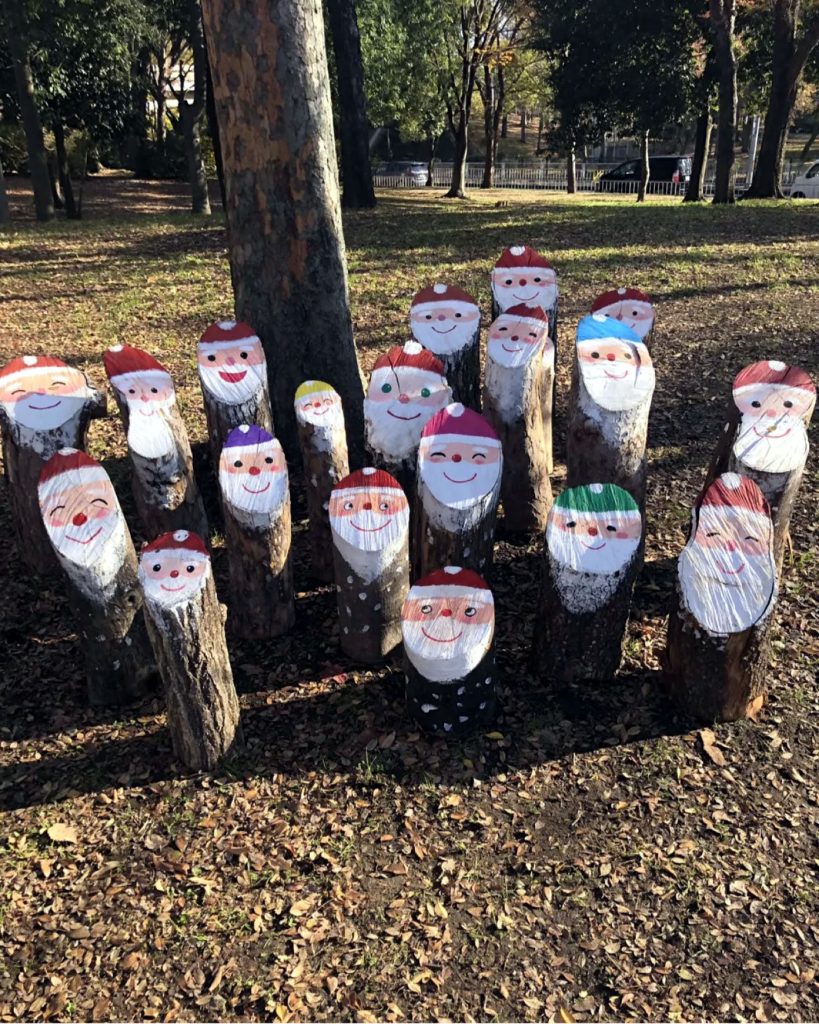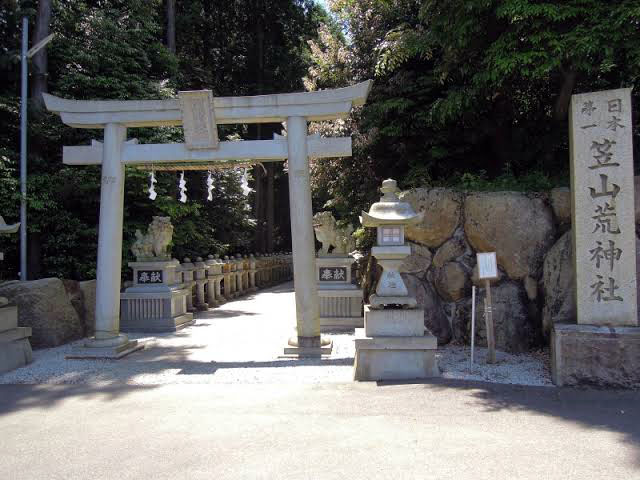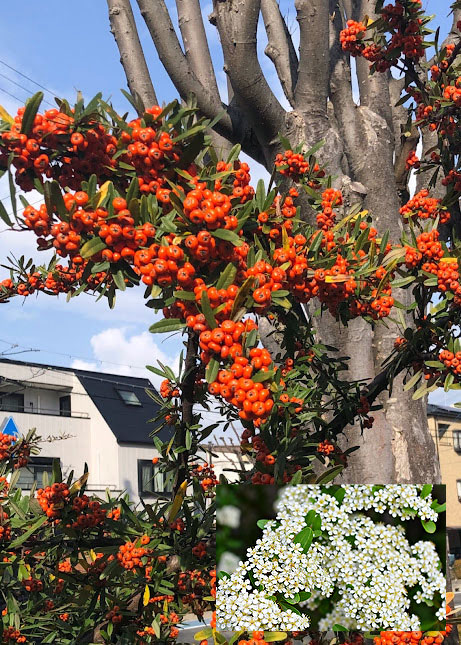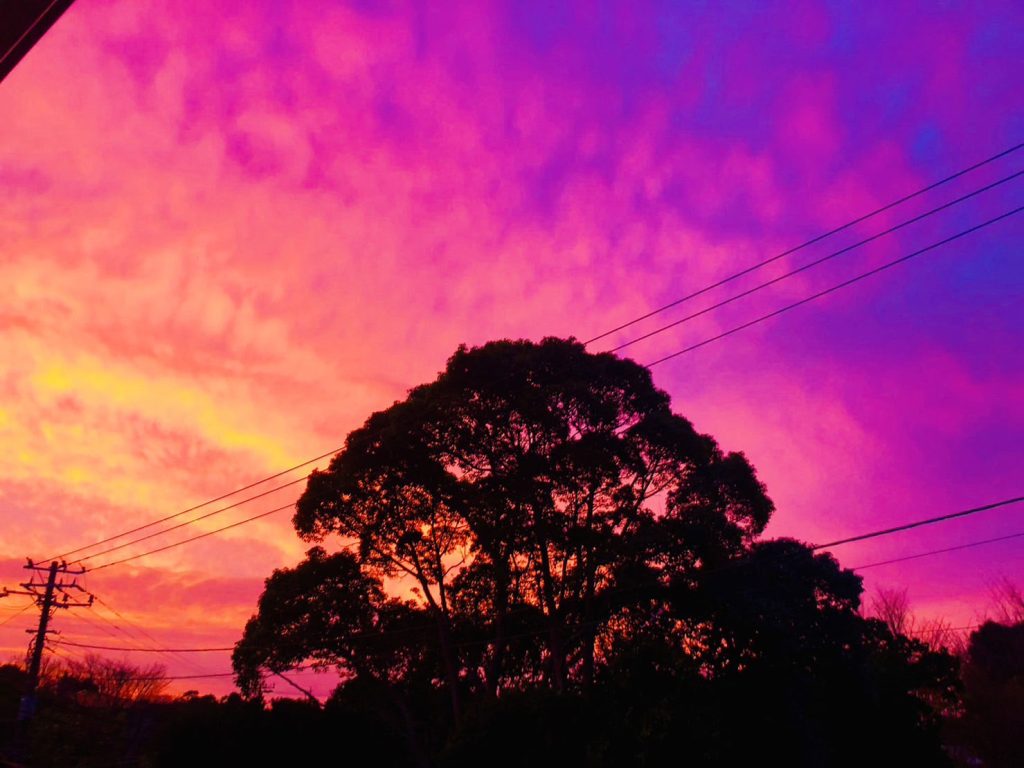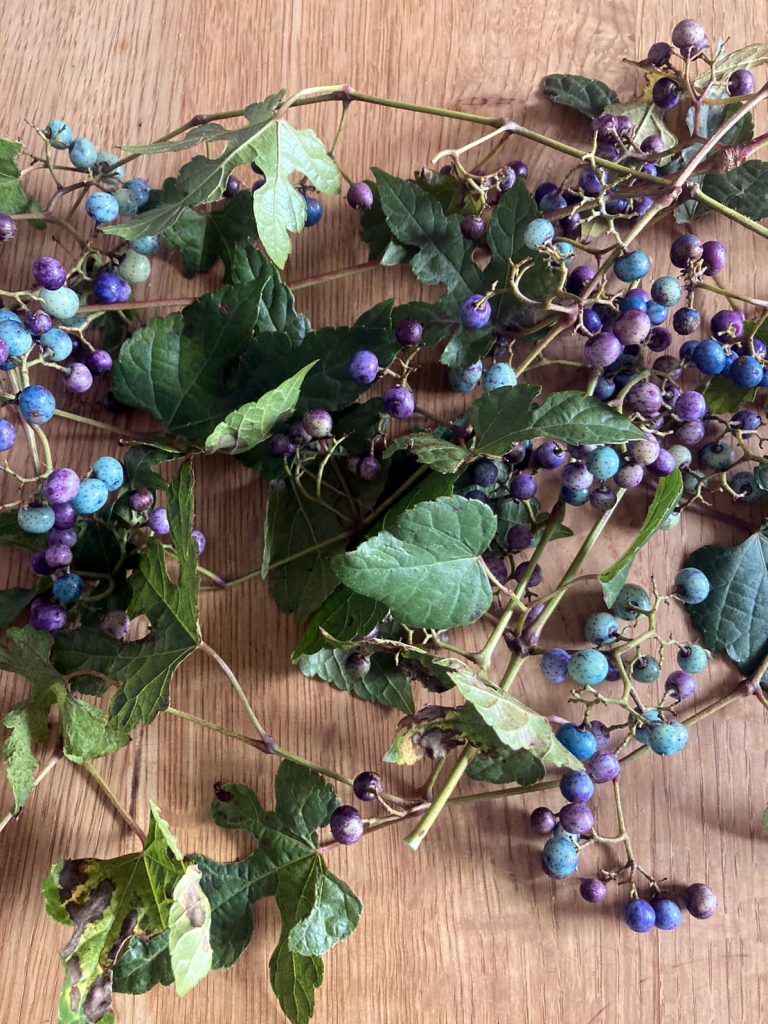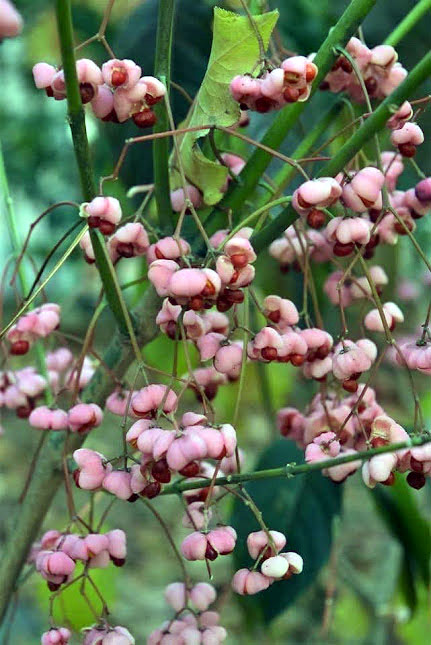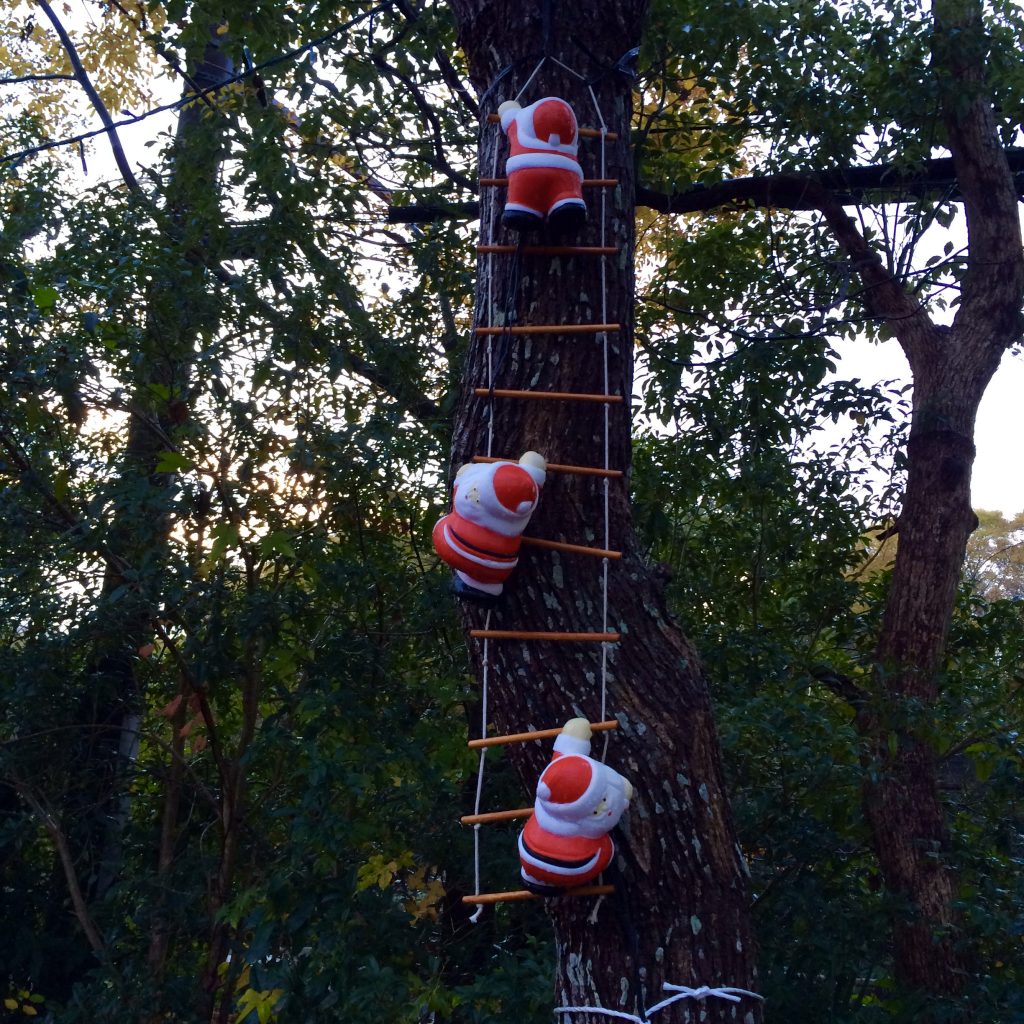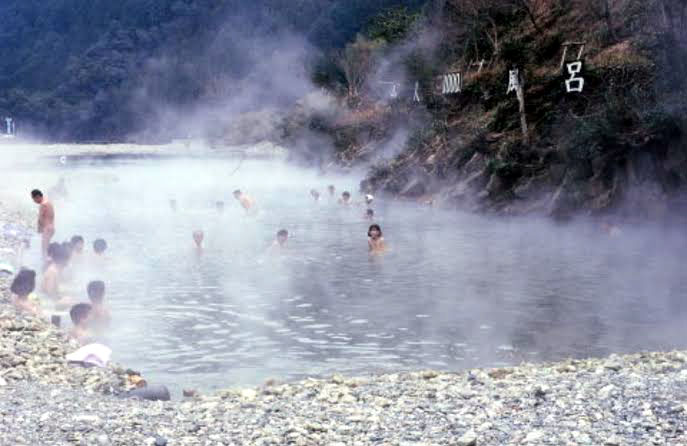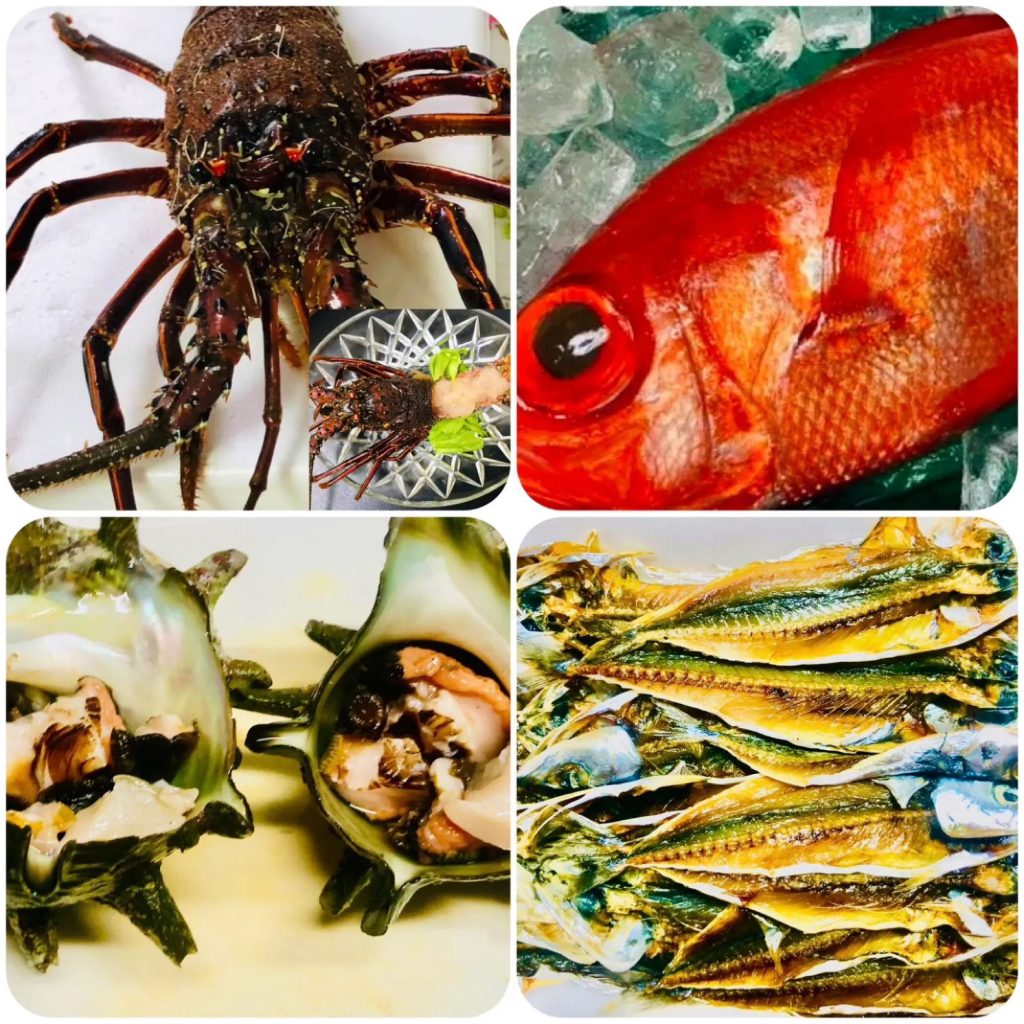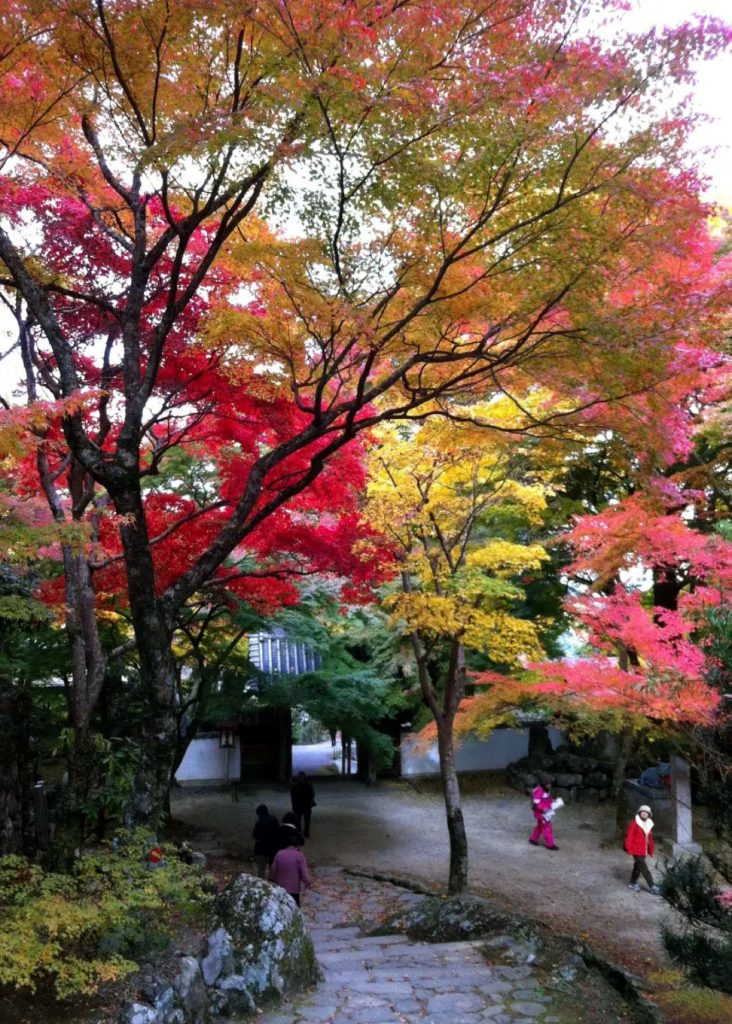
In the southeastern outskirts of Kishiwada City, known for its danjiri festival and located near the border with Wakayama Prefecture, stands Daiitoku-ji Temple, renowned for its autumn foliage. This mountain temple, steeped in legend as the founding site of the Shugendo tradition by the ascetic En no Gyoja on Mt. Ushitaki, has long been revered as a sacred place in the Katsuragi Shugendo.
As the delayed autumn leaves continue to unfold, a woman dressed in a half-coat reminiscent of Santa Claus enters through the temple gate. vAmidst the vibrant foliage, a particularly vivid red maple leaf stands out. Adorned in clothing seemingly competing with the intense red hues of the leaves, the woman’s attire, complete with a white collar, strongly resembles that of Santa Claus. Whether intentional in her choice inspired by the autumn colors or a deliberate imitation of Santa Claus, her juxtaposition within the temple creates a captivating and amusing scene. The intersection of autumn foliage and Santa Claus, Buddhism and Christianity, out-of-season foliage—it’s as if entering a world of chaos.
だんじり祭りで知られる岸和田市の南東、和歌山県との県境に近い山手に、紅葉で知られる大威徳寺があります。修験道の開祖である役行者が牛滝山に開いたと伝承される山岳寺院で、古来、葛城修験道の霊場として尊崇を集めてきました。季節遅れの紅葉が進む中、山門からサンタクロースと見紛うハーフコートを着た女性が入ってきました。色とりどりの紅葉の中でも真っ赤な紅葉が目立ちます。その真っ赤な紅葉と競い合うかの様な服に白い襟はまさしくサンタクロースです。紅葉を意識した装いなのか、サンタクロースを真似た装いなのか、お寺にサンタの取り合わせも面白い装いです。紅葉とサンタクロース、仏教とキリスト教、季節外れの紅葉、まるでカオスの世界です。

